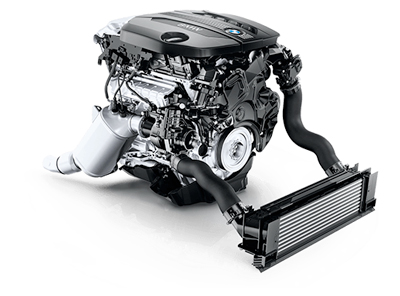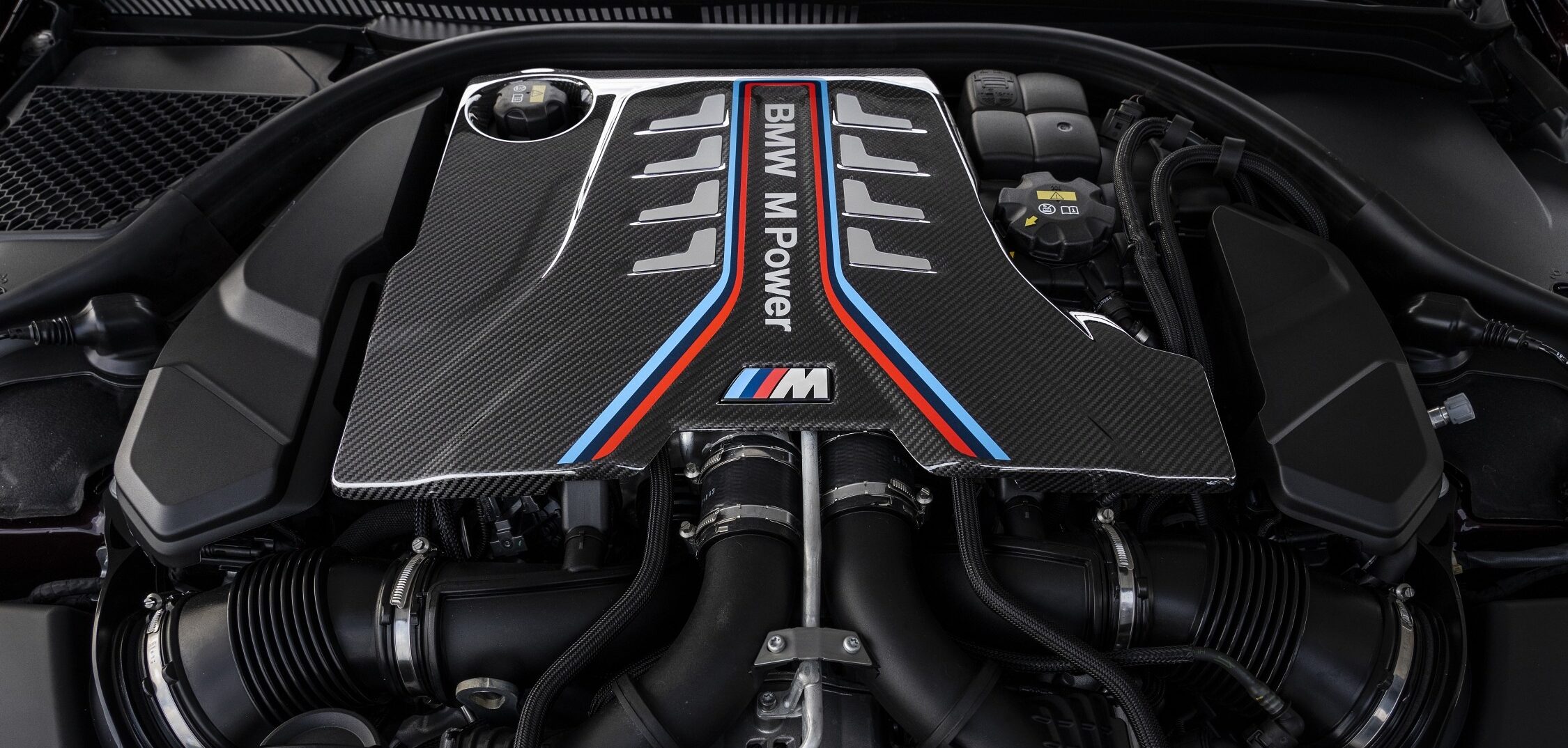Typical Issues Faced by BMW Engine Owners and Just How to Fix Them
Typical Issues Faced by BMW Engine Owners and Just How to Fix Them
Blog Article
Discovering the Development of Burning Engines in Modern Transportation Solutions
As we navigate the landscape of modern-day transport, the development of combustion engines stands as a testament to human ingenuity and engineering prowess. From their simple beginnings to the innovative giants driving cars today, combustion engines have undergone an amazing trip of advancement and adjustment. Understanding the ins and outs of this advancement not only sheds light on the past yet likewise leads the way for picturing what lies ahead in the world of transportation technology. The interaction of history, innovation, and environmental issues fit the trajectory of combustion engines creates a story that is both insightful and engaging.
Very Early Beginnings of Combustion Engines
Just how did the idea of combustion engines initial emerge in the onset of transportation development? The origins of combustion engines can be traced back to the 17th century when the principles of internal burning were first discovered. In 1673, Christian Huygens conceived a basic internal combustion engine that utilized gunpowder to generate power. It had not been till the late 19th century that practical applications of burning engines in transportation started to emerge.
The advancement minute included the development of the first successful gasoline-powered engine by Karl Benz in 1885 - bmw engine. This engine paved the means for the development of the modern-day vehicle, changing transportation systems worldwide. Subsequent advancements by Nikolaus Otto and Gottlieb Daimler further improved combustion engine technology, bring about the mass manufacturing of automobiles and the fast expansion of the transport market
These early combustion engines were defined by their simplicity and effectiveness, laying the structure for the facility and effective engines made use of in modern transport systems. The development of combustion engines has actually been critical in forming the method we travel and deliver items, marking a considerable milestone in the background of transportation growth.
Transition to Internal Combustion Technology
The shift to internal burning innovation marked an essential change in the advancement of transport systems. This change began in the late 19th century, with innovators like Nikolaus Otto and Gottlieb Daimler establishing the initial successful interior burning engines. These engines changed transportation by providing a more powerful and reliable option to steam engines and electric motors.
One of the crucial benefits of interior burning engines was their capacity to be scaled down to suit automobiles, bring about the growth of cars and bikes. This change from large, stationary engines to compact, mobile ones led the way for the modern transport systems we see today.
The change to inner combustion modern technology likewise spurred innovations in gas innovation, causing the advancement of fuel and diesel as primary gas resources for lorries. This shift not just made transportation extra easily accessible to the masses however likewise laid the foundation for the oil and gas sector to end up being indispensable to global economies.
Impact of Combustion Engines on Transportation
The fostering of burning engines in transport systems catalyzed an extensive shift in the efficiency and rate of international movement. Burning engines changed transport by giving a reputable and versatile source of power for numerous automobiles, including cars and trucks, trucks, ships, and aircrafts. This innovation dramatically improved the capability for people and products to relocate over fars away in shorter time structures, causing enhanced connectivity between areas and nations.
Furthermore, the widespread use burning engines has had a considerable effect on financial growth. The capacity to deliver goods efficiently has spurred profession and business, permitting services to broaden their markets and get to customers worldwide. This has facilitated economic growth and globalization, as items can now be transferred faster and in bigger quantities than ever.
Nevertheless, the environmental effect of combustion engines can not be neglected. The combustion of fossil fuels has led to air pollution and greenhouse gas discharges, adding to environment modification and posturing health and wellness dangers to populaces. bmw engine. Consequently, there is a growing emphasis on establishing alternate propulsion technologies to mitigate these negative results and produce a much more sustainable future for transport
Innovations in Burning Engine Layout
Numerous developments in burning engine style have actually driven the advancement of transportation systems over the years. One notable development is the growth of turbocharged engines, which make use of exhaust gases click to investigate to drive a turbine that presses inbound check my source air, enabling even more fuel to be charred, resulting in enhanced power output without a considerable boost in engine dimension. In addition, direct shot innovation has improved fuel performance and efficiency by specifically controlling the quantity and timing of fuel injected into the combustion chamber. Variable valve timing systems have actually additionally transformed engine design by optimizing airflow at different engine rates, enhancing both power and efficiency. One more significant improvement is the integration of light-weight materials such as carbon fiber and aluminum alloys, decreasing overall engine weight and enhancing vehicle gas economic situation. In addition, improvements in computer-aided style have made it possible for designers to enhance engine performance and effectiveness through simulations prior to physical prototypes are constructed, saving time and resources in the advancement process. These advancements collectively add to the constant renovation of burning engines in modern-day transport systems.
Future Fads in Combustion Engine Development
With modern technology advancements driving constant innovation, the future of combustion engine development is positioned to transform transport systems globally. Among the essential fads in burning engine development is the press in the direction of greater efficiency and minimized discharges. Producers are investing greatly in research and development to boost engine performance while meeting rigid ecological regulations. This consists of the assimilation of innovative fuel shot systems, enhanced turbocharging techniques, and making use of lightweight materials to enhance gas intake and decrease carbon emissions.
An additional noticeable fad is the adoption of hybrid modern technologies in burning engines. Crossbreed engines incorporate conventional burning modern technology with electric power, using boosted gas effectiveness and lower emissions. As the automotive industry shifts in the direction of electrification, hybrid combustion engines are viewed as a transitional service that bridges the gap between standard cars and fully electrical ones.
In addition, the assimilation of clever modern technologies, such as artificial intelligence and information analytics, is expected to play a significant role in the future of burning engine development. These modern technologies can enhance engine efficiency in real-time, leading to much more effective combustion processes and improved overall lorry performance. Embracing these future trends will not just drive development in burning engine development yet helpful resources also add to a much more environmentally pleasant and sustainable transport environment.

Conclusion
Finally, the development of combustion engines in contemporary transport systems has been marked by significant advancements in innovation and layout. From the early beginnings of burning engines to the change to interior combustion technology, these engines have actually had an extensive influence on transportation. Advancements in combustion engine design continue to drive progress in this area, with future trends concentrating on more improving effectiveness and reducing discharges. The future of combustion engines in transportation looks promising as research and development efforts remain to press boundaries.
The roots of burning engines can be mapped back to the 17th century when the concepts of internal combustion were initial discovered. These engines revolutionized transportation by providing a more effective and effective alternative to heavy steam engines and electrical motors.

Report this page